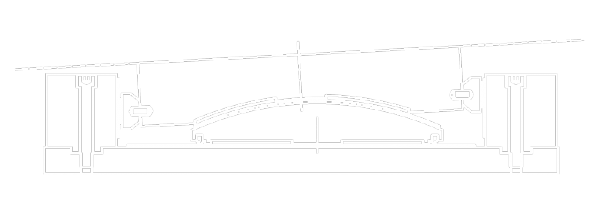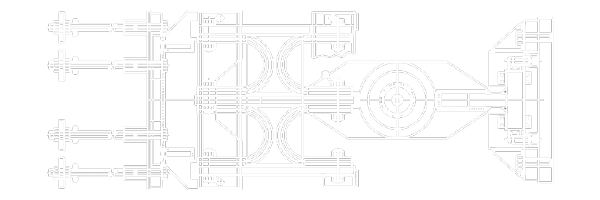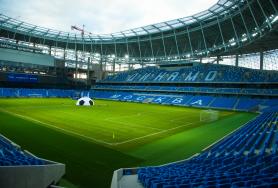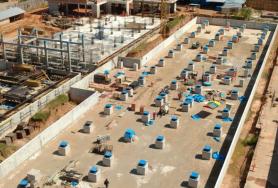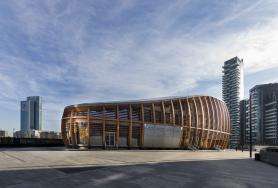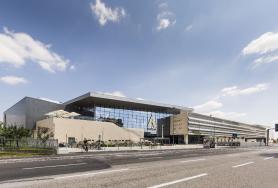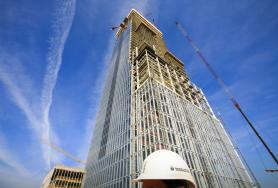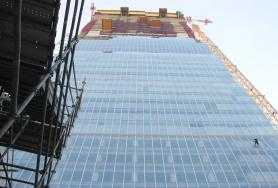Applications
BUILDINGS & HOSPITALS
With over 50 years of experience in the field of the special engineering, TENSA is leader in the design, production, testing and installation of seismic devices and PT systems for the protection of buildings and hospitals, as well as their contents.
Advantages
The TENSA technologies widely applied in buildings and hospitals are meant to:
- Transfer vertical and horizontal loads and allow structural movements and rotations - bearings and isolators
- Protect structure and its content from dynamically applied actions (i.e. wind, earthquake etc.) - isolators, dampers and shock transmitters
- Increase concrete performances thus allowing for larger spans to be reached - post tensioning
TENSA devices are designed to intervene at three building locations:
- FOUNDATION LEVEL
- ROOF LEVEL
- ELEVATION LEVEL (BETWEEN FOUNDATION AND ROOF)
Related products

